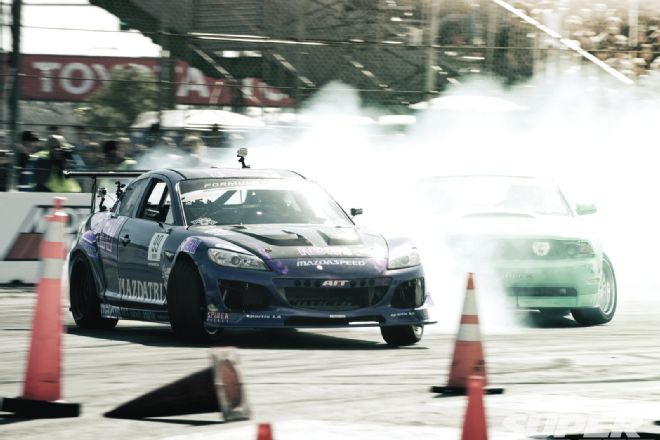Dropping a big dyno number is good for the ego but on the street you need to get all that power to the ground to confirm your cred. Suspension mods address the angle and firmness of the contact patch where the driveline is responsible for putting the torque to the contact patch. Your driveline may need a tune before you hoon. The limited-slip differential (LSD) is a prime-time player in the distribution of power and picking the right diff for your hooning tendencies on and off the track is the key to dynamic car control. Further, aftermarket LSDs cost a pretty penny to acquire and install so choosing wisely also softens the blow to the wallet.
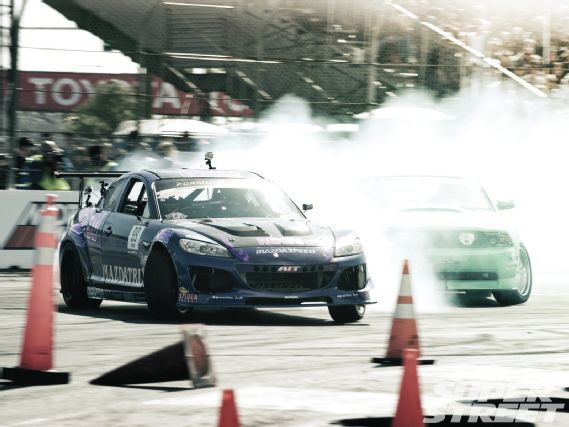 |
Traction In Action - Tech
|
Traction In Action - Tech
Open Diff
On the beach of performance the open diff is the quintessential 90-pound weakling, unable to adapt to anything but ideal road conditions. An open diff is designed to allow the drive wheels to spin at different speeds thus it applies power to the contact patch experiencing the least resistance. Its weaknesses surface as driving aggression increases. Body lean in an aggressive corner tends to unload the inside tire, the open diff directs more torque to it and wheelspin ensues.
LSD
An LSD allows some degree of torque to reach both contact patches. Where an open diff allows the unloaded tire to freewheel, an LSD provides the load needed to facilitate traction from both drive wheels. There are two types of LSDs: gear types and clutch types.
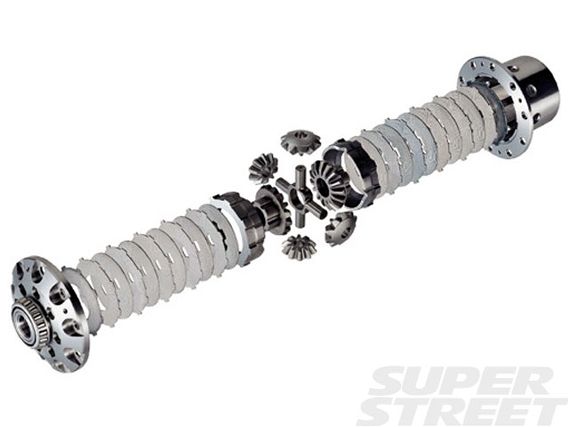 |
Here we see the main inner workings of a clutch-type LSD
|
Here we see the main inner workings of a clutch-type LSD
Gear types consist of a Torsen unit and helical set-ups. A Torsen diff’s gears are situated up and down in the case while helical type LSDs feature sideways facing gears. Sometimes called torque-biasing or torque-sensing, these gear-type LSDs act the same on the road. Clutch-type LSDs use clutch packs on each side of the pinion shaft to direct torque to both axles.
Clutch-type LSDs and gear-type LSDs do have some general operational differences. If a drive tire in a gear-type LSD loses grip by jumping the car, putting a tire of the track or on a curb/rumble-strip, the unit will unlock and act like an open diff. A clutch-type will remain active or locked as long as torque is being applied to the clutch packs. Gear diffs require less maintenance, are quieter and tend to last longer than clutch units but clutch types are fully rebuildable where gear types are not.
Enthusiasts hear a lot about a 1.5-Way or 2-Way differential. The biggest difference between the two is felt during deceleration or off-throttle events. Drift-Office is an Auburn, WA-based shop specializing in the building and preparation of all driftmobiles from Hachi Rokus and 240s to more exotic examples. Owner Bob Wan knows his way around a diff and we hit him up for some inside info.
2-Way
A 2-Way provides lock-up in both acceleration and deceleration conditions. Bob says a 2-Way unit is ideal for high-speed road racing and drifting use as it provides better braking stability. Since it is fully locked during both accel and decel, it might however, become disadvantageous in a very technical track with tight turns, depending on the driver’s experience and skill. “A 2-Way does put the car into ‘drift mode’ easily though,” says Bob, “and this is the reason why we recommend 2-Way LSDs to beginning drifters that have the equipment and the desire to really learn the techniques.”
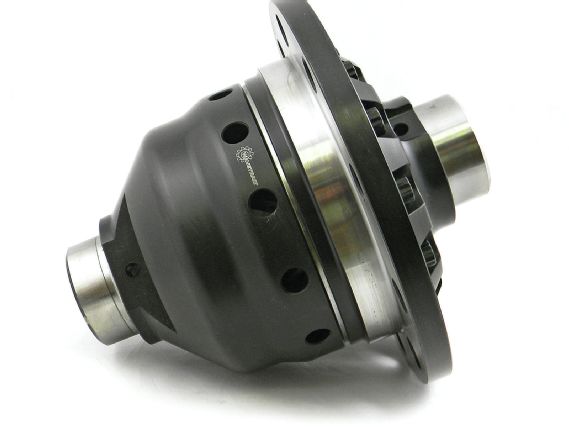 |
Traction In Action - Tech
|
Traction In Action - Tech
1.5-Way
The 1.5-Way diff will lock the drive wheels up during acceleration but is half as aggressive in decel mode when the throttle is lifted. Since the 1.5-Way LSD is somewhat less aggressive than the 2-Way, Bob indicates it has proven to be popular with the autocross community. Commonly referred to as an “all-around” LSD, the 1.5-Way is well suited for daily driving use all the way up to track use. “The 1.5 is better suited for tight tracks, time attack, drag racing and autocross. It is considered the best configuration for street use too since it provides less aggressive lock-up during deceleration and/or braking, resulting in less push from the rear thus steering is very neutral and the car is relatively easy to control.”
Welded Diffs
The side and pinions gears are all fused together in a welded diff to make the rear a solid axle with all components applying torque in concert all the time regardless of load. According to Bob, the only advantage to using a welded differential is that it’s the cheapest way to provide a fully-locking effect for your car. No other parts are required and the typical welding cost is about $50. Welded diffs work for beginner drifters or road racing guys with limited budget or no budget.
Bob is also quick to point to the Dark Side of welding an open diff. Since both tires rotate at same time and speed while in a welded diff configuration, it will dramatically accelerate tire wear. Depending on the rubber compound used, it may also chunk the tires too. “Under road racing use, a welded differential will provide optimal traction to a certain point but will then become a disadvantage when it produces a lot of understeer thereafter since it’s a fully locked ‘no-slip’ differential as opposed to a ‘limited-slip’ differential.”
“Transitioning between driving straight to turning and then back to straight again will not be as smooth as using a real LSD unit since the LSD makes adjustments in relation to load to yield the most optimal traction. There will also be plenty of wheel hop during everyday use with a welded unit, particularly around turns. The tire on the outer side has to catch up with the inner tire rotation so it will have a ‘chirping’ effect. A welded diff will also put a lot of stress on various other drivetrain components such as the transmission, final gear and drive axles.”
LSDs are nearly magical in their ability to deliver razor sharp on-track performance while retaining the mild manners expected in a street car. Whether you are a dedicated weekend warrior at the drags, drift or road racing or a habitual hooner, selecting the right LSD for your needs is critical. May the force be with you.
Diff Dealers
Now that you know how they work, here are five companies that specialize in LSDs. Each company offers several different applications and options for your Honda, Nissan, Toyota, Subaru or Mitsubishi so visit their website or give them a ring.
Cusco cuscousainc.com, 714.907.0033
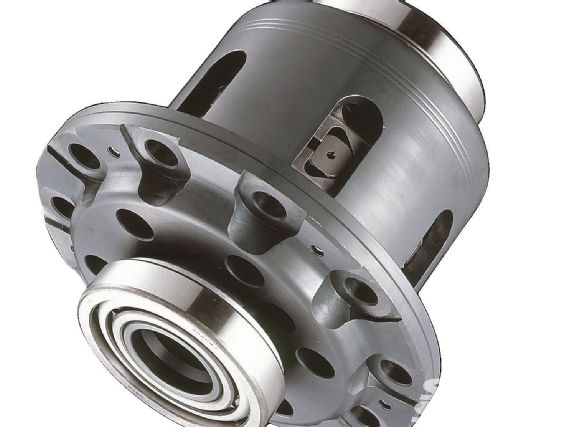 |
Traction In Action - Tech
|
Traction In Action - Tech
Kaaz kaazusa.com, 714.554.4333
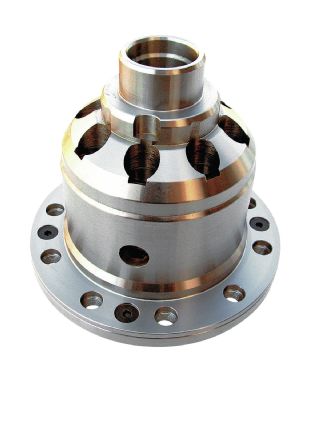 |
Traction In Action - Tech
|
Traction In Action - Tech
OS Giken osgiken.net
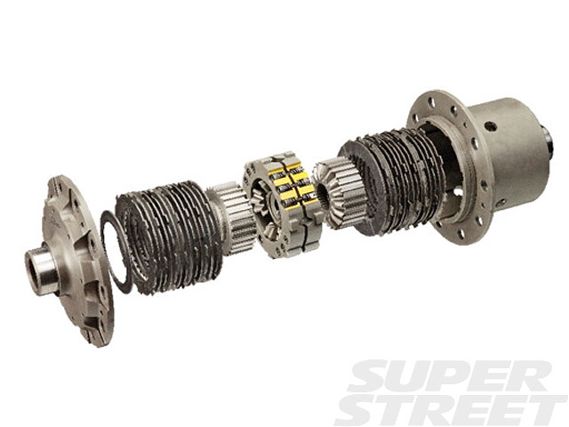 |
Traction In Action - Tech
|
Traction In Action - Tech
Quaife quaifelsd.com, 855.417.4300
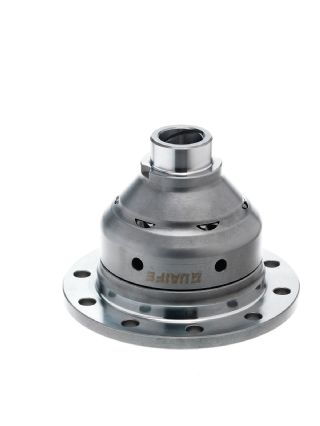 |
Traction In Action - Tech
|
Traction In Action - Tech
Wavetrac autotech.com, 949.362.8700
 |
Traction In Action - Tech
|
Traction In Action - Tech
Source:
Drift-Office, drift-office.com, 253.288.3888

